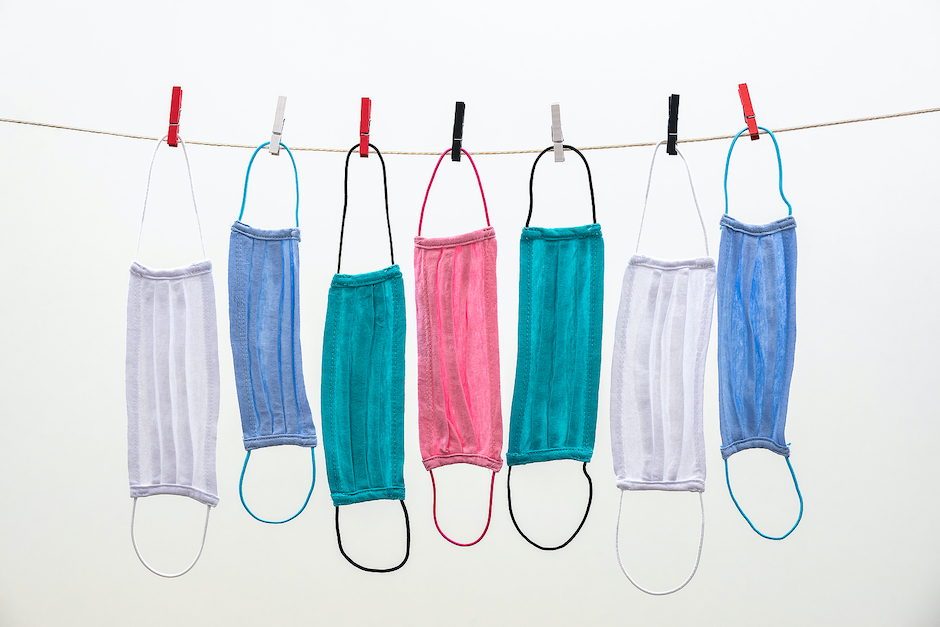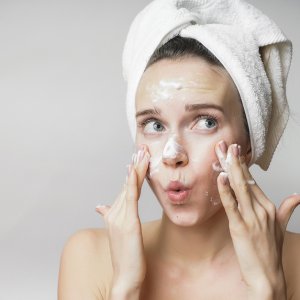Ok. . .here goes. For months, people have been sending me messages regarding the use of masks to protect against the transmission of COVID-19. Many of you agree with me about the unnecessary use of wearing cloth or surgical masks in public. Others disagree and have engaged in some intelligent dialogue, while others have been, well, mean. Through all of this, I have sought out peer-reviewed scientific studies for answers. Because anyone can write a blog or publish a news article that sounds authoritative and persuasive. But I want to see real, clinical trials and investigations that provide hard data. So here is a run-down of my own findings in offense of masks.
The Efficacy of Masks Against Viruses
First of all, let’s examine how effective masks really are.
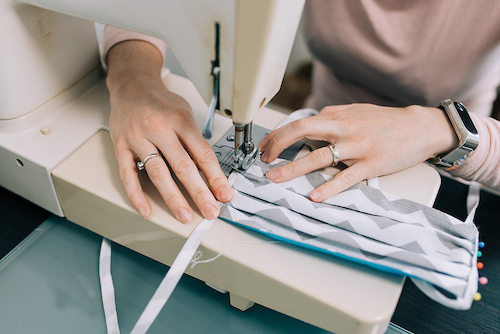
Cloth Masks
A study of 1607 hospital healthcare workers evaluated the efficacy of medical masks and cloth masks. Participants working in high-risk settings for occupational exposure to respiratory infections were instructed to wear: (1) medical masks at all times on their work shift; (2) two-layered cloth masks at all times on shift or (3) control arm (standard practice, which may or may not include mask use). Penetration of cloth masks by particles was almost 97% and medical masks 44%.
In this 4-week study, participants received instruction on proper mask-wearing techniques, as well as how to clean reusable cloth masks. The study measured rates of respiratory illness, influenza-like illness and lab-confirmed virus infections. Infection was lowest in the medical mask group, followed by the control group, and highest in the cloth mask group.
Keep in mind that this was a large study of healthcare workers with precise instruction about how to use and sanitize masks. Furthermore, participants using cloth mask were required to document the process used to clean their mask after each use. Let’s face it, most people out at the grocery store probably aren’t taking such precautions with the use/care of their masks. And even if they are, according to this study, cloth masks would offer little protection.
The takeaway: Cloth masks are relatively ineffective in protecting against the transmission of influenza-like-viruses and respiratory illnesses. Moisture retention, reuse of cloth masks and poor filtration may result in increased risk of infection.
Efficacy of Masks and Respirators
A systematic review of 17 randomized controlled trials and experimental/observational studies evaluated the efficacy of masks against influenza and other viral respiratory infections. None of the studies established a conclusive relationship between mask/respirator use and protection against infection.
Interestingly, the discussion of this study examines another valid point. Researchers point out that limiting transmission of influenza requires a multifaceted approach, of which masks and respirators are but one component. However, concern over policy related to mask/respirator use has at times overshadowed other important controls.
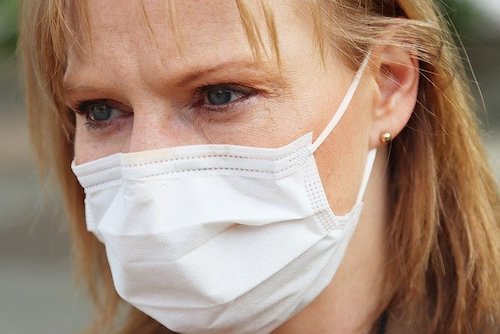
Yet another review evaluated 14 randomized controlled trials regarding mask efficacy. Researchers point out that disposable medical masks (surgical masks) were designed to be worn by medical personnel to protect contamination of patient wounds, and to protect the wearer from splashes of bodily fluids. Little evidence of their effectiveness in preventing virus transmission either when worn by the infected person or by uninfected persons exists. This review found no significant effect of face masks on transmission of lab-confirmed influenza.
The takeaway: Mask/respirator use is but one method of limiting the spread of disease. Too much focus on wearing masks and neglecting basic sanitation practices, such as hand washing, is ineffective. Furthermore, paper surgical masks fail to offer much protection against viral transmission.
Compliance is Low
How many people have you seen wearing loose masks? How about masks that only cover the mouth? Or a cloth mask used again and again without proper cleaning and sanitizing? The truth is, if you don’t wear it correctly, you may as well not wear it at all. And just to point out the obvious, you can’t expect a mask to work if you don’t even wear it at all.
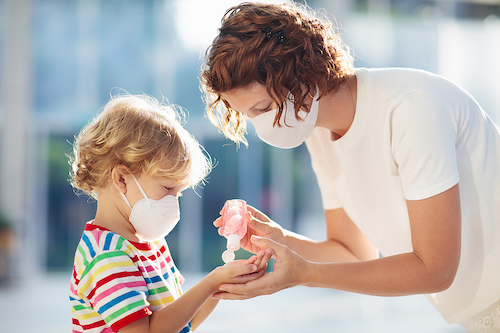
A study evaluated the efficacy of masks usage among 286 adults from households with children infected with respiratory illness. Researchers observed that over a 5-day period, adherence to mask wearing declined from day one to day five. Even at the start of the study, less than 50% of adult participants reported adherence to mask usage.
In this study, 22.3% adults in the surgical mask group reported illness, 15.2% in the flat-fold P2 mask group, and 16.0% in the control (non-mask-wearing) group.
The takeaway: Researchers concluded that household use of face masks is associated with low adherence and is ineffective for controlling seasonal respiratory disease.
Education Always Wins
In a study of 509 households examined the benefit of education, the use of hand sanitizers, and surgical masks for preventing the spread of illness. Researchers randomized households into three groups: The education group received educational materials regarding the prevention of influenza; the Hand Sanitizer group received the same educational materials plus hand sanitizer; and the Hand Sanitizer and Face Mask group received the same interventions as well as face masks.
In this population, there was no detectable additional benefit of hand sanitizer or face masks over targeted education on overall rates of illness. However, researchers did note a small benefit to wearing face masks to prevent secondary transmission of influenza.
The takeaway: Basic education about preventing viral transmission trumps masks.
The Risks of Wearing a Mask
Okay, so whether or not you believe masks can help prevent the spread of viruses, are they really safe to wear all the time?
Masks Limit Oxygen
A study of 53 surgeons evaluated whether wearing a surgical mask during major operations affected surgeons’ hemoglobin oxygen saturation. The study revealed a decrease in the oxygen saturation of arterial pulsations (SpO2) and a slight increase in pulse rates compared to preoperative values in all surgeon groups.
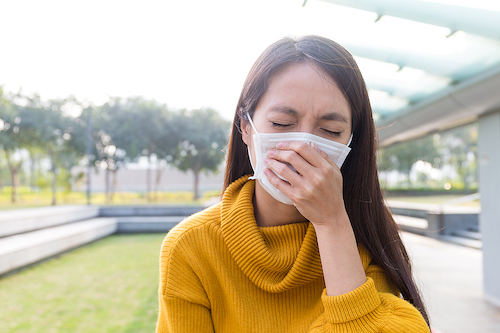
Masks Make Breathing Difficult and Can Encourage the Growth of Microorganisms
The World Health Organization (WHO) recently revised their mask recommendation to limit the use of masks during exercise. They now state that people should NOT wear masks when exercising as masks may reduce the ability to breathe comfortably. Additionally, they state that sweat can encourage the growth and spread of microorganisms.
The Takeaway: Wearing a mask makes breathing more difficult. This can pose a risk to anyone, but especially for those with respiratory disorders, such as asthma.
Masks Give a False Sense of Security
Wearing a face mask may give a false sense of security and reduce compliance with other infection control measures, including hand washing.
The Takeaway: People may be less cautious and actually put themselves at greater risk when wearing a mask.
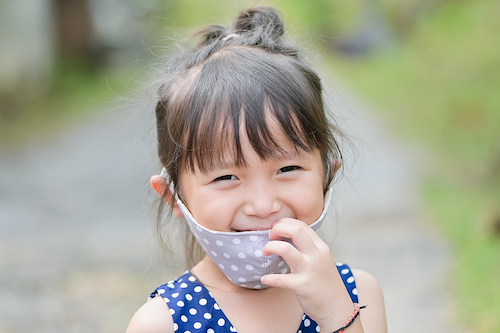
Masks are Uncomfortable
Even if you don’t suffer from restricted airways or another respiratory issue, masks are just plain uncomfortable. While this seems like a small problem, it actually contributes to the inefficacy of wearing a mask in the first place. When wearing a mask, people tend to touch their faces much more. This is because they are constantly adjusting the mask.
Two clinical studies that examined viral particles on mask surfaces found pathogens on the inner and outer surfaces of masks. They concluded that respiratory pathogens on the outer surface of used medical masks may result in self-contamination.
The Takeaway: The more we touch our faces, the more we potentially expose ourselves to sickness. Wearing a masks increases the occurrence of facial touching.
What do the Experts Say?

The WHO recommends the following groups use medical masks:
- Health care workers
- Anyone with symptoms suggestive of COVID-19, including people with mild symptoms
- People caring for suspect or confirmed cases of COVID-19 outside of health facilities
Medical masks are also recommended for at-risk people, when they are in areas of widespread transmission and cannot guarantee a distance of at least 1 meter from others.
Healthy People Don’t Need Masks
Many available studies, including some cited above, demonstrate the limited efficacy of masks for prevention of secondary transmission. The key thing to remember here is that secondary transmission is transmission from a sick person to a well person. Not from a well person to another well person. If you are sick or exhibit symptoms, by all means, please stay home when possible, and wear a mask if you must leave home. But if you are well, there is literally no scientific evidence for wearing a mask.
Some people argue that a person may have the virus without exhibiting symptoms. However, the WHO states that asymptomatic transmission is extremely rare.
It’s the same thing I’ve been saying all along: If you are healthy, it is unnecessary for you to wear a mask. A healthy person wearing a mask does not protect themself or anyone else from infection.
Want to learn some more natural ways to stay healthy? Check out 7 Ways to Naturally Boost Immunity.
For access to my entire library of natural health and wellness education, come join Wellness Made Simple.
